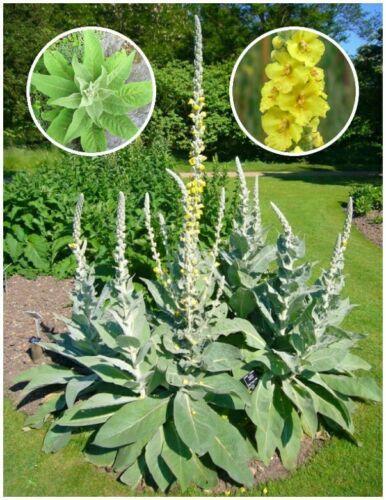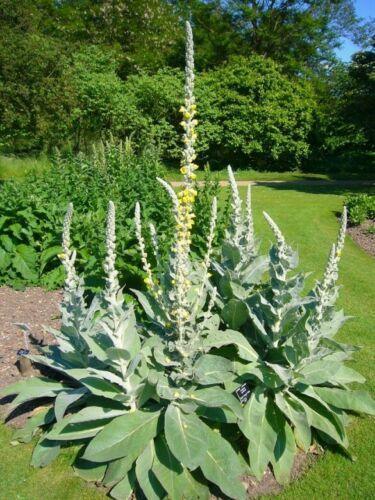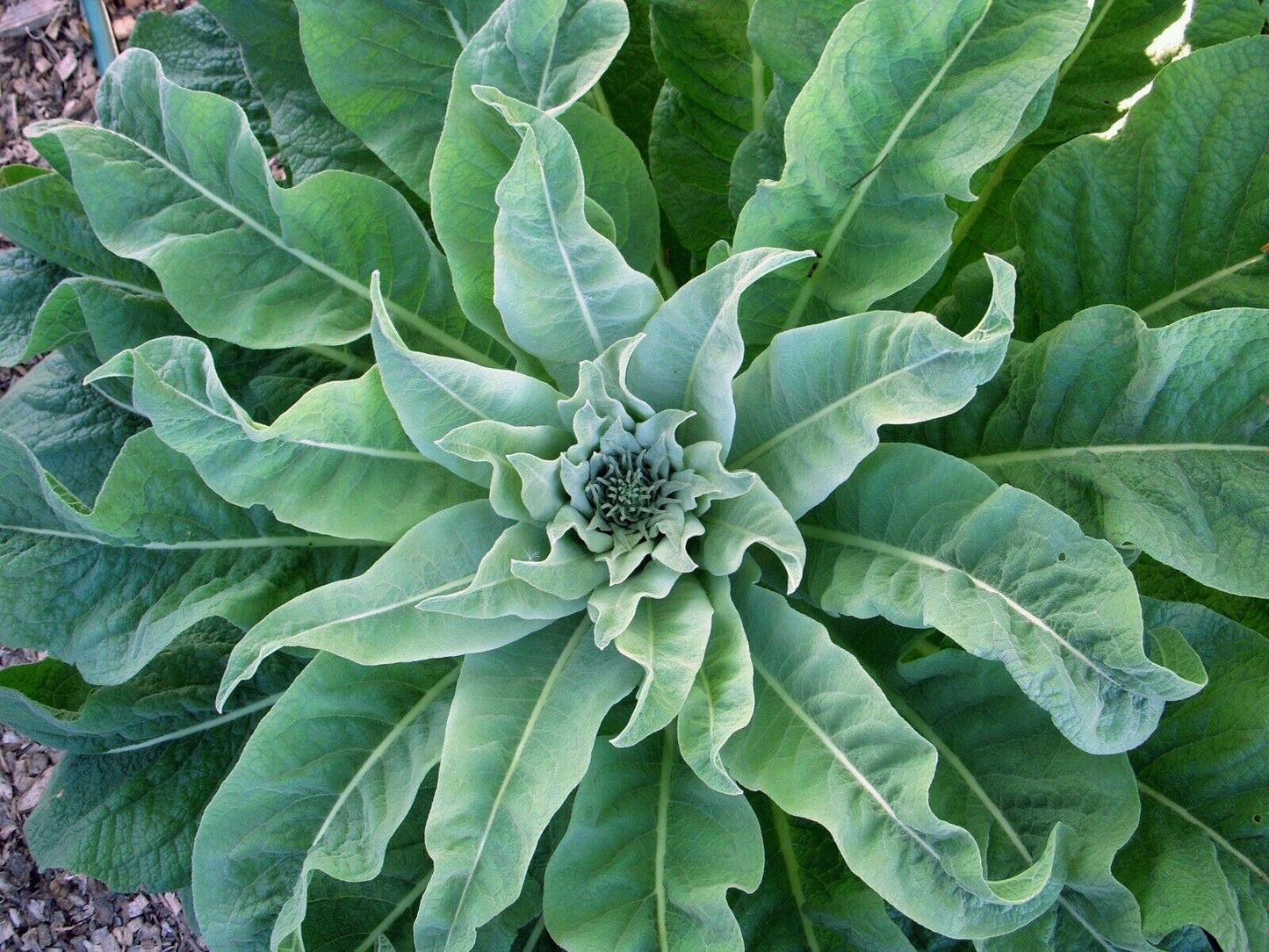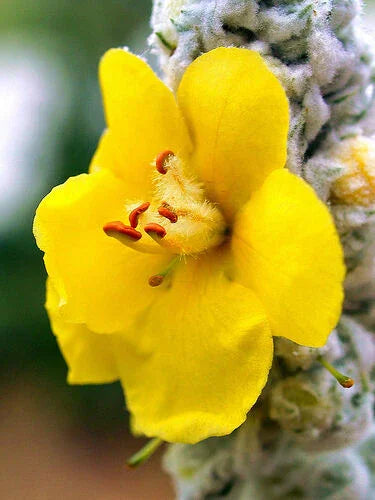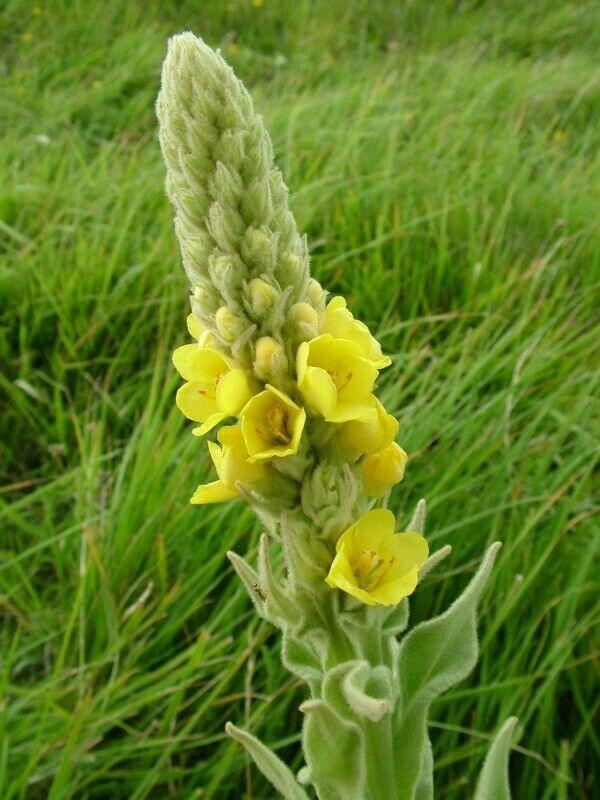1
/
of
5
Shipped from Brimley, Michigan, USA
4000 Mullein Seeds – Verbascum Thapsus
4000 Mullein Seeds – Verbascum Thapsus
No reviews
Regular price
$9.99 USD
Regular price
$11.99 USD
Sale price
$9.99 USD
Unit price
/
per
Shipping calculated at checkout.
Couldn't load pickup availability
Enhance your garden with a lush display of vibrant Verbascum Thapsus: our premium selection of 4000 mullein seeds delivers tall, velvety foliage and striking flower spikes—ideal for borders, wildflower meadows, and cottage gardens.
Why Choose Our 4000 Mullein Seeds?
- 🌱 High germination rate – over 85% under optimal conditions
- 🌿 Drought tolerant foliage – thrives in dry, sunny spots
- 🏡 Versatile ornamental appeal – perfect for borders, meadows, and container gardens
- 📦 Fast shipping from the USA – securely packaged for freshness
Planting Instructions
- Best Time to Plant: Early spring or fall, when temperatures are 60–75°F.
- Soil: Well-draining, pH 6.0–7.5 for optimal root development.
- Light: Full sun; tolerates partial shade.
- Depth: Scatter seeds on surface or cover lightly (1/16 inch).
- Spacing: 6 inches apart to allow mature rosettes to develop.
- Watering: Keep soil lightly moist until germination (14–21 days), then water sparingly.
FAQs
How much area does 4000 seeds cover?
Approximately 50–100 sq ft, depending on sowing density and growing conditions.
When is the best time to plant mullein seeds?
Sow outdoors in early spring or fall when soil temperatures are between 60–75°F for optimal germination.
Does mullein grow well in partial shade?
While mullein prefers full sun, it tolerates light shade and will still produce robust foliage and flowers.
Where to buy mullein seeds for sale?
At Seeds World, you can purchase 4000 premium Verbascum Thapsus seeds with fast U.S. shipping, backed by our germination guarantee and expert support.
Share
